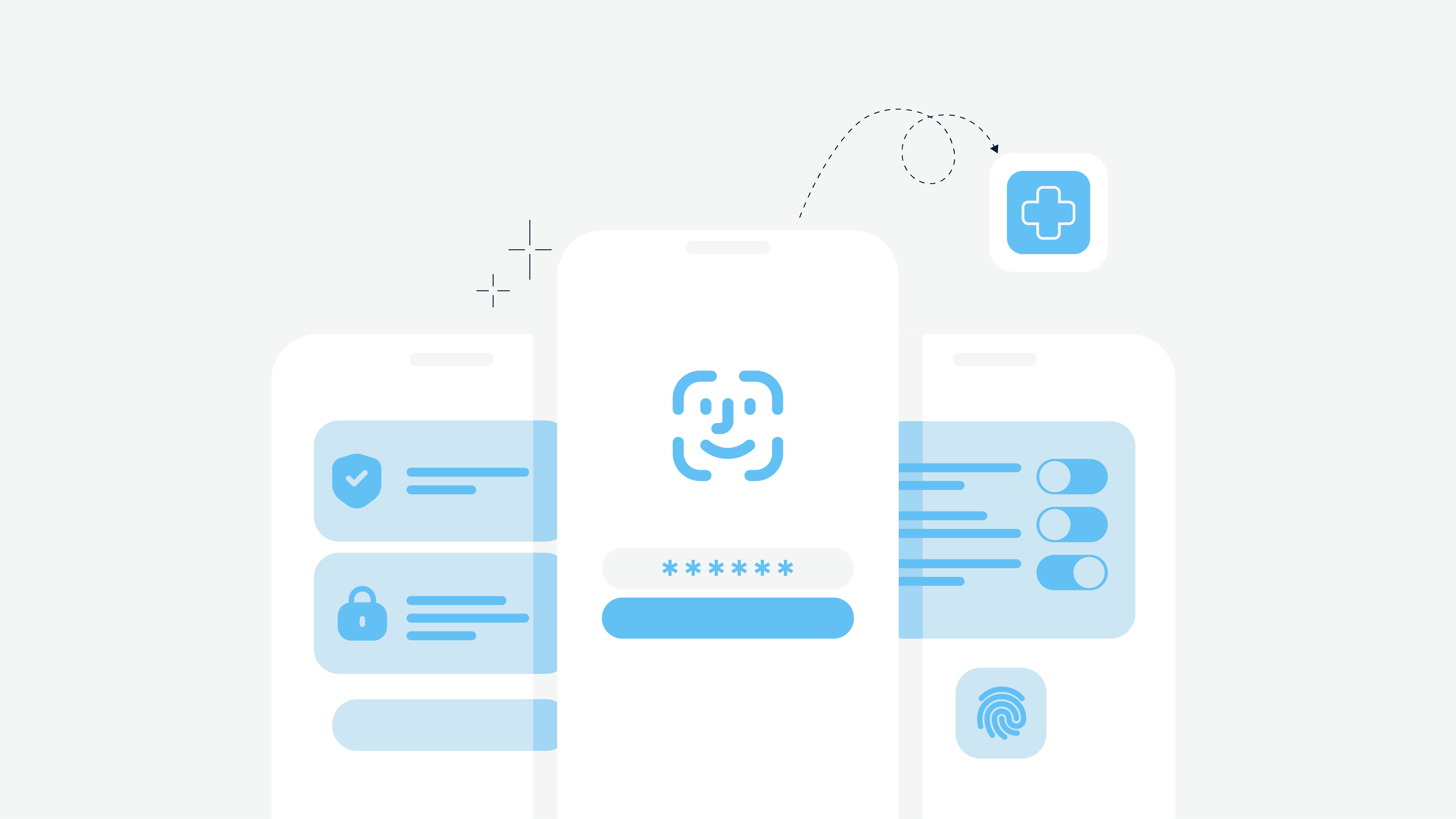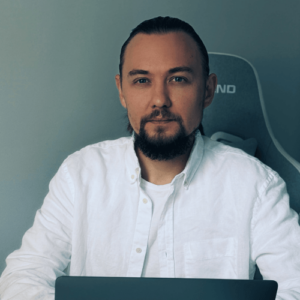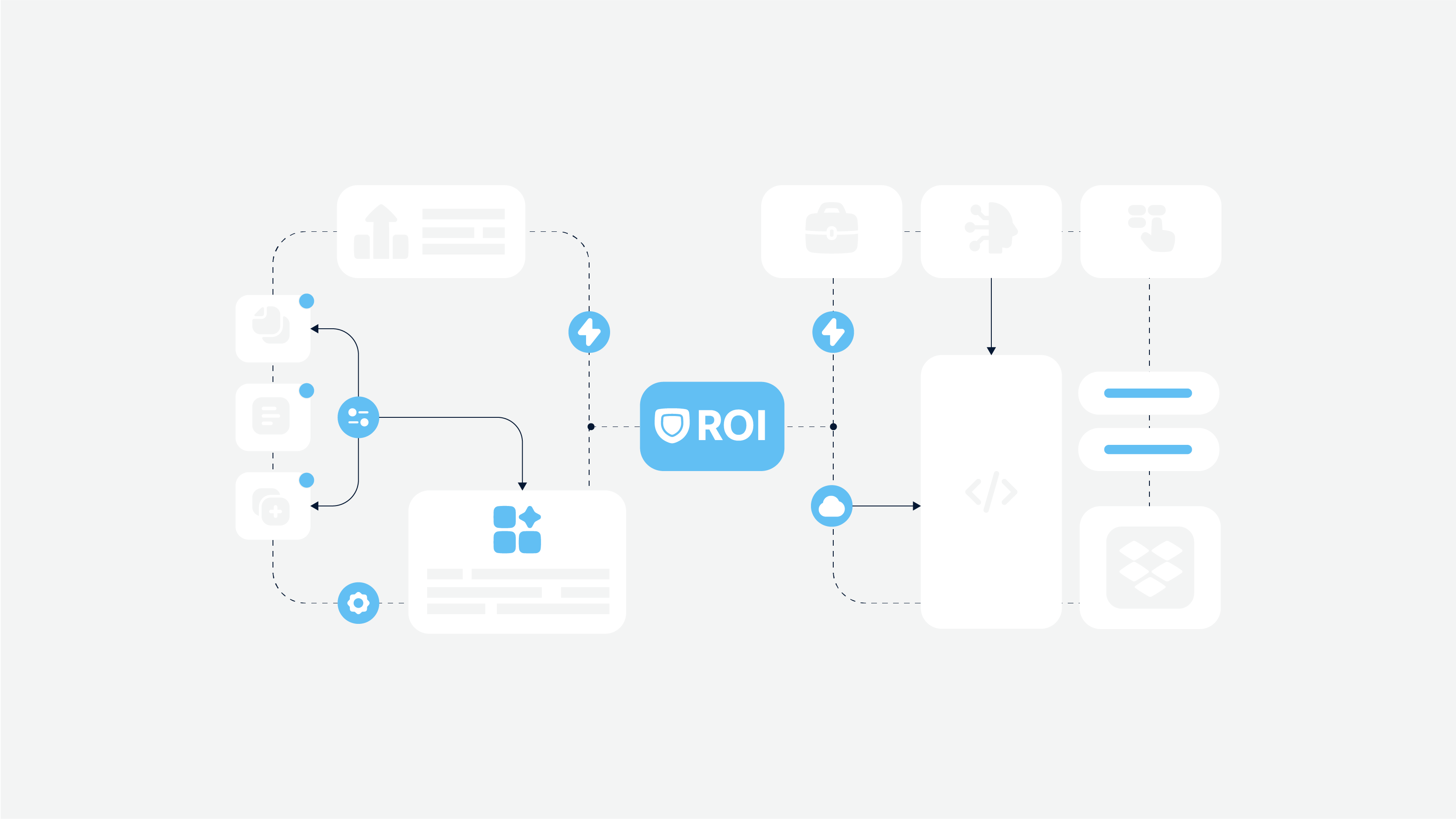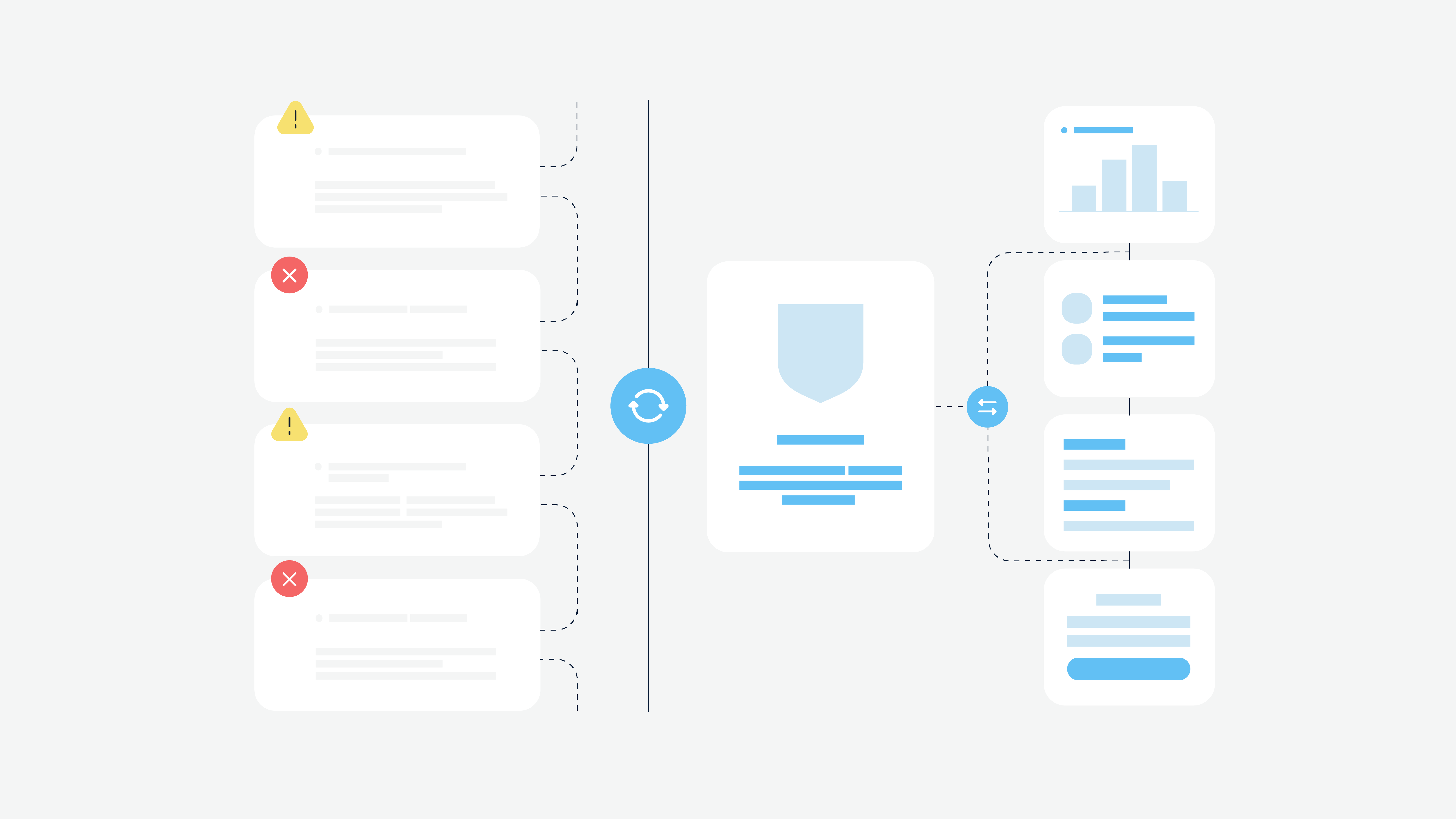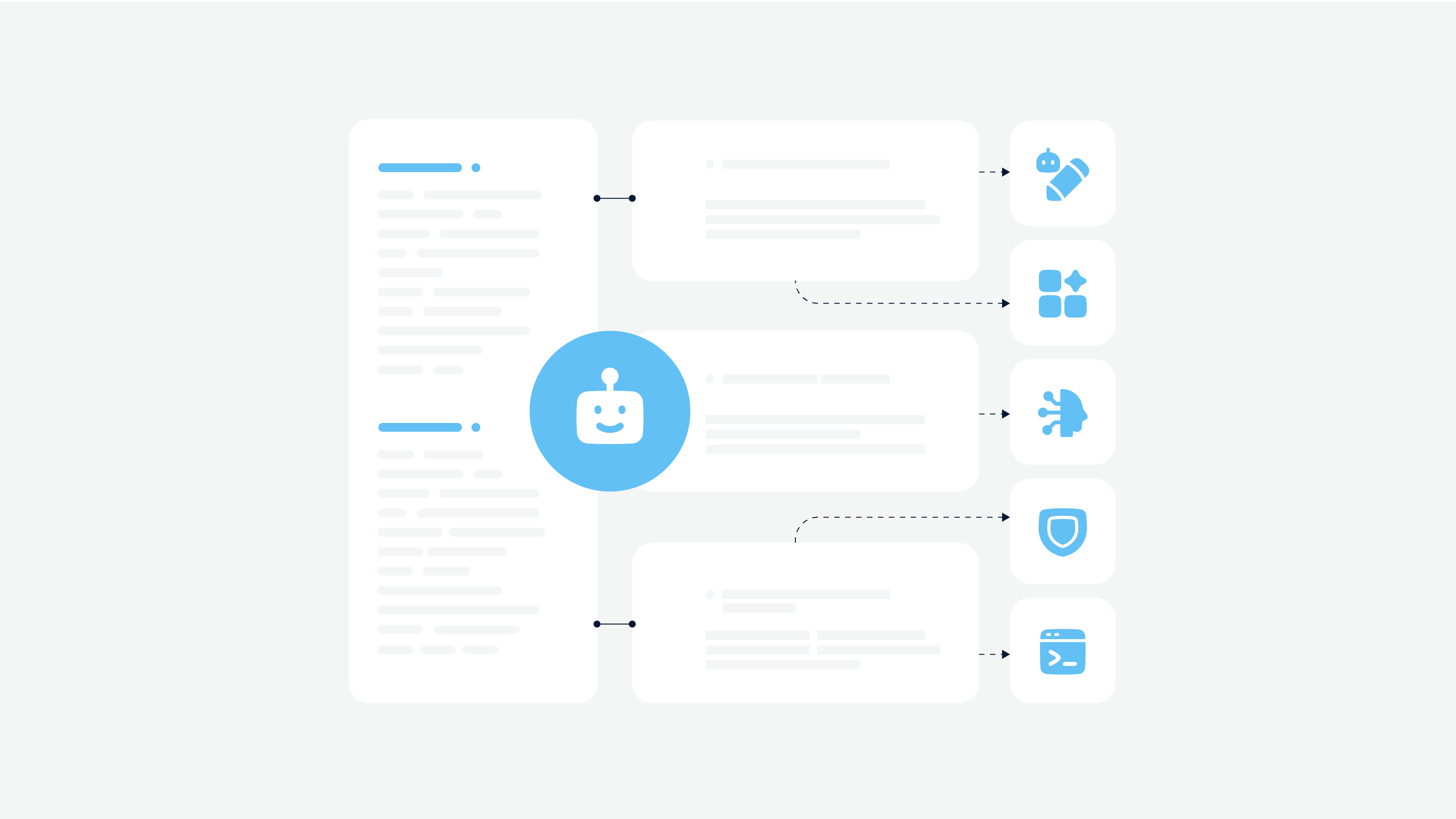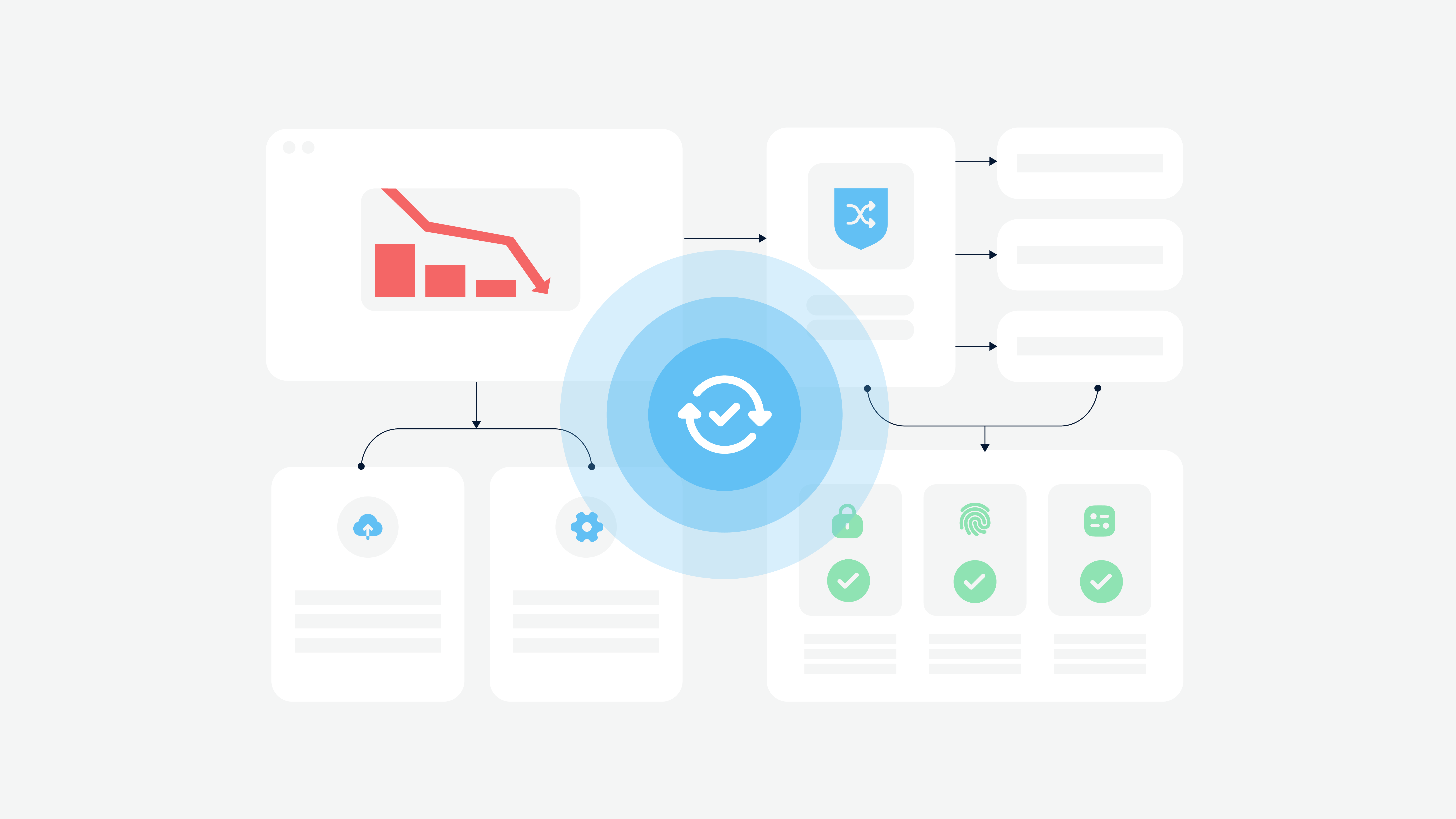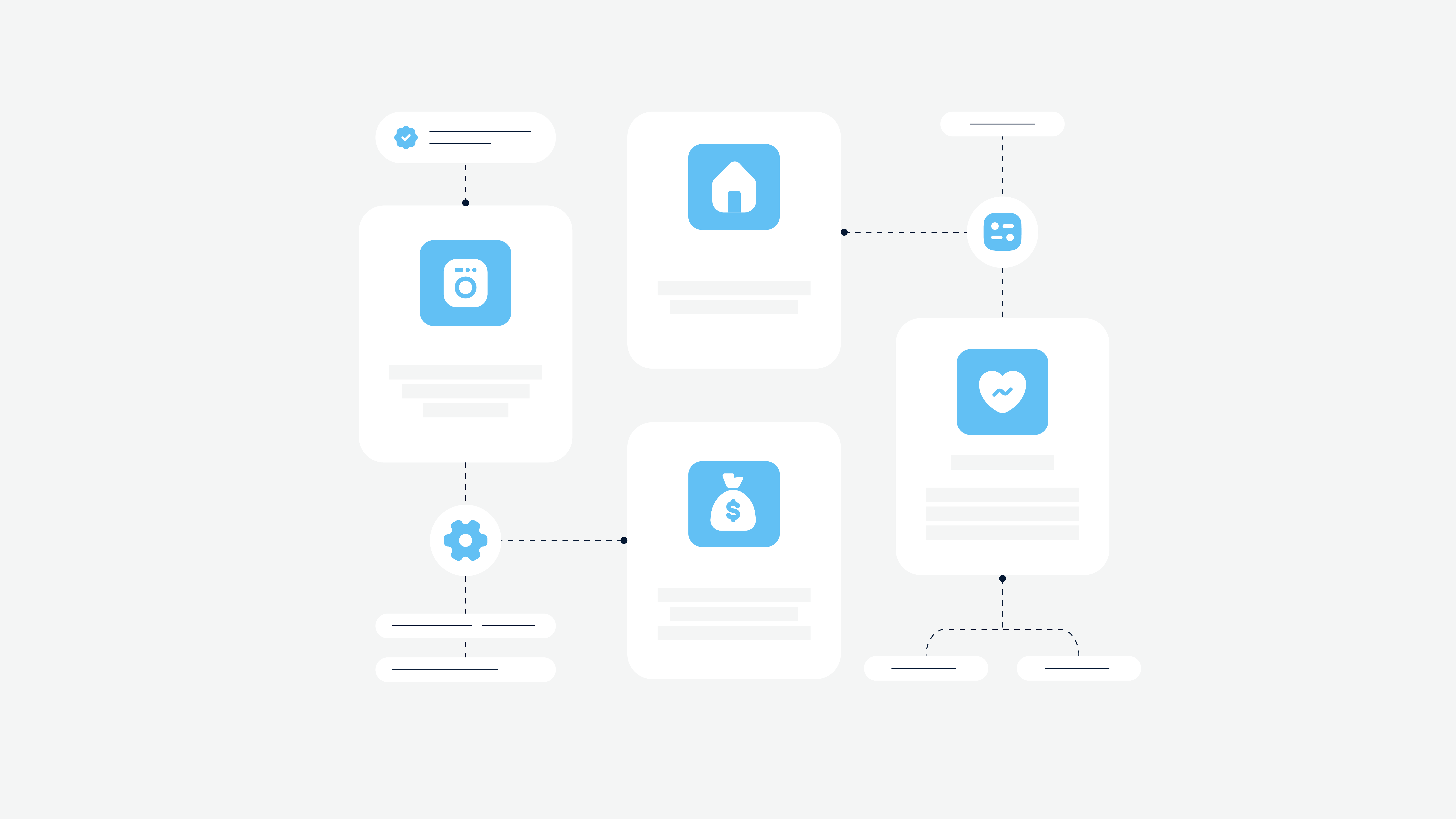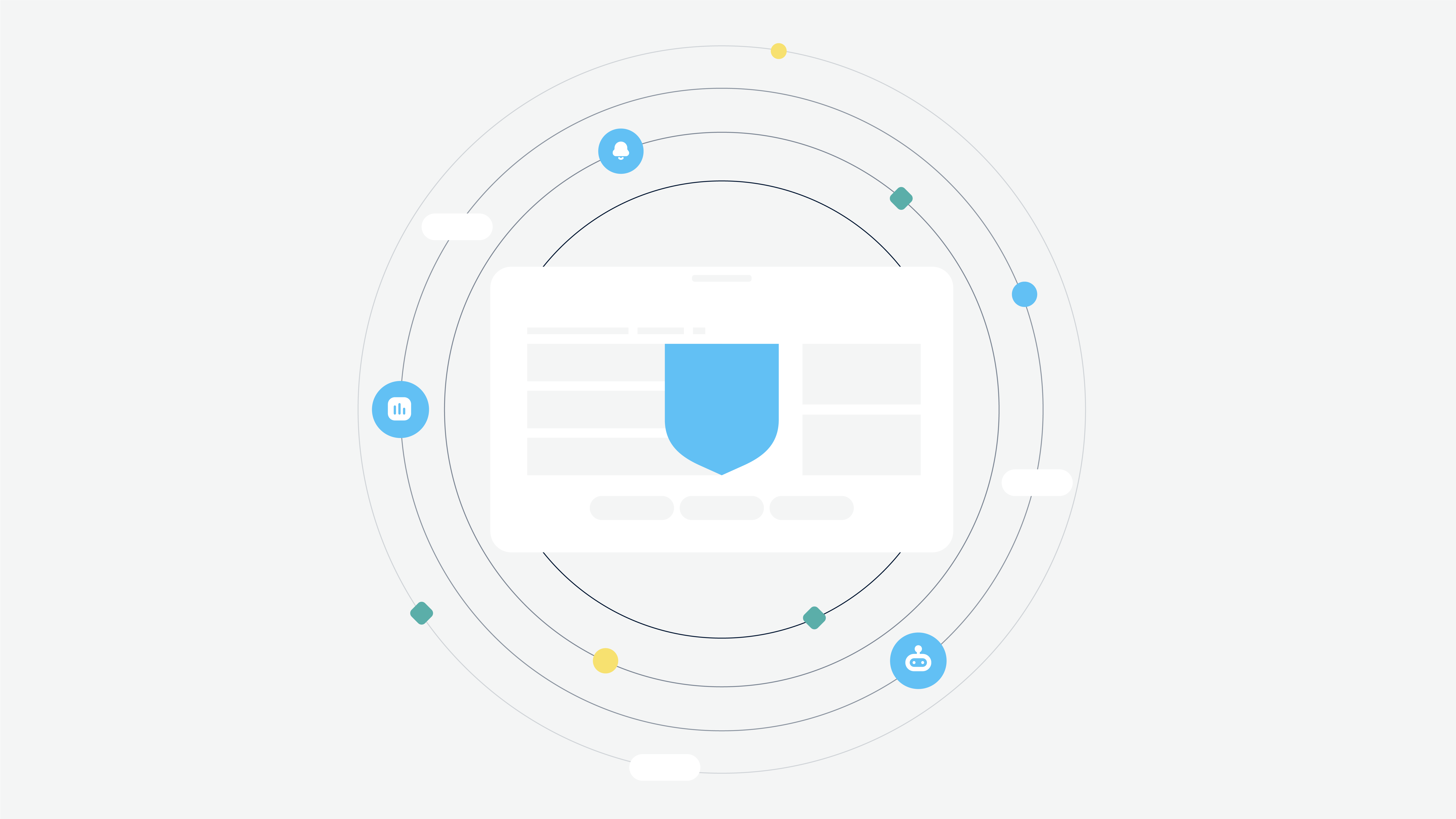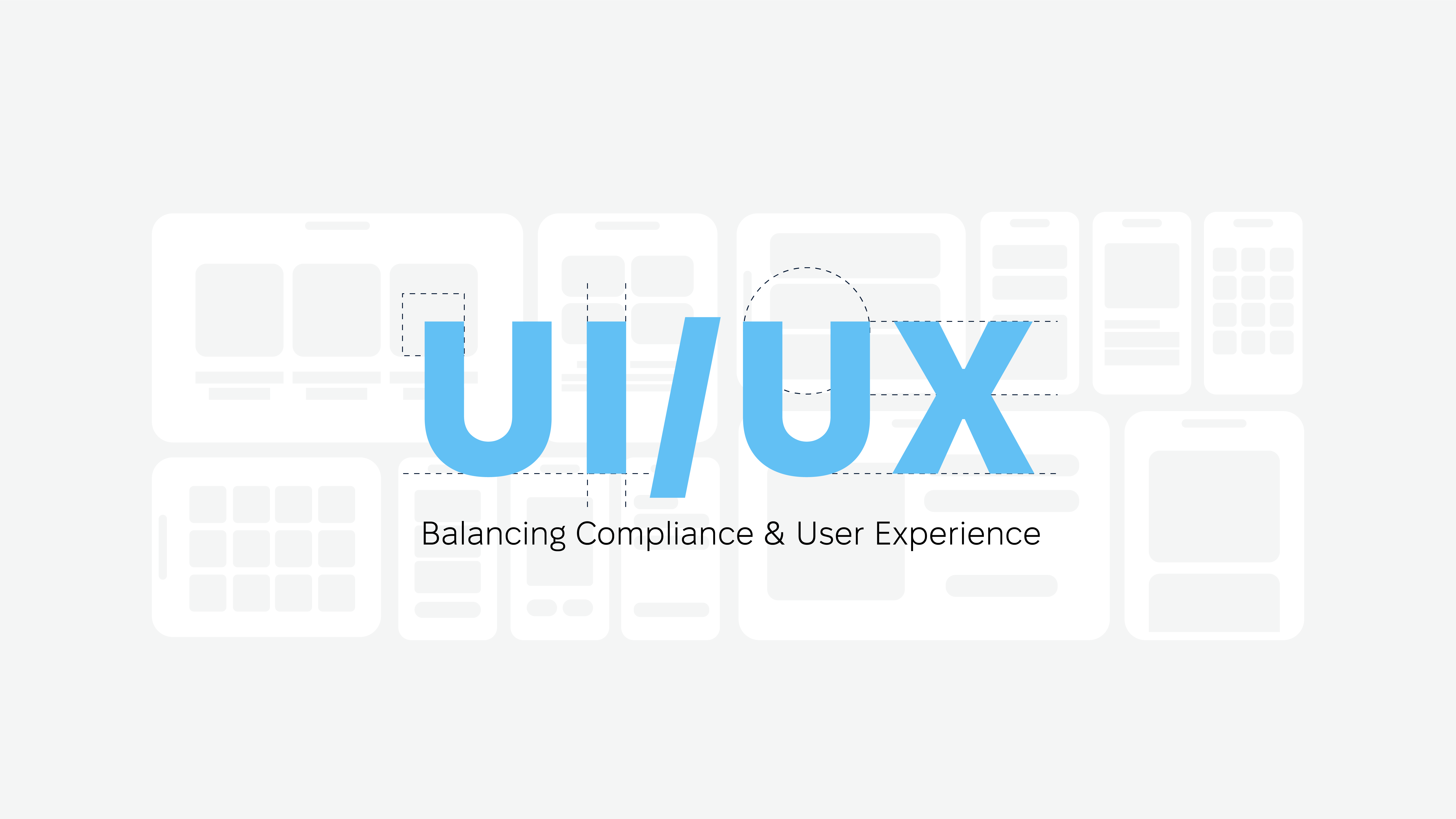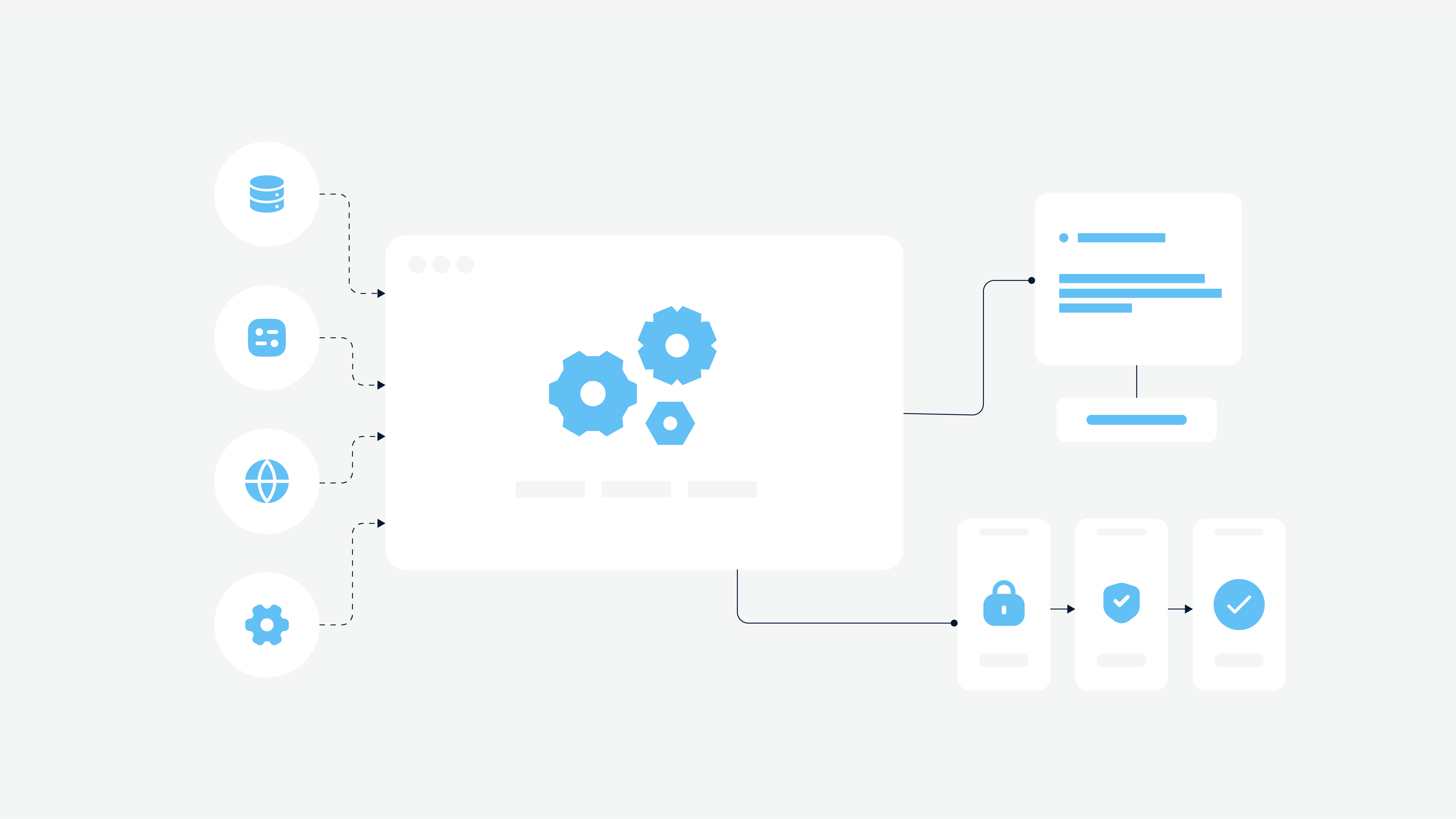You know what they say – experience is the best teacher, and after years of building secure healthcare applications remotely for clients worldwide, I’ve collected quite a few lessons. Some were learned the easy way, through client feedback and testing. Others? Well, let’s just say sometimes the best insights come from those “interesting” project retrospectives.
Last month, during our regular virtual architecture review meeting, a junior developer asked me something that stopped me in my tracks: “Why do we spend so much time on security patterns when there are so many out-of-the-box solutions?”
I had to smile. It reminded me of myself years ago, when I thought securing healthcare apps was just about implementing the right packages and following a compliance checklist. (If you’re actually looking for that checklist, you can find our comprehensive breakdown in our technical guide to Mobile App Security Requirements for Regulated Industries – but stick around, because this story might save you from learning things the hard way like I did.)
The Virtual Wake-Up Call
It was during a video call with a healthcare startup client that my perspective on security architecture completely changed. We were presenting our initial architecture for their patient data platform, walking through our robust security measures, feeling pretty confident about our approach.
Then came the client’s feedback: “This looks secure, but our medical staff would spend more time logging in and out than actually helping patients.” It was a virtual face-palm moment. We had built a technically perfect system that would fail in the real world.
When Zoom Meetings Meet Reality
One thing about working remotely with healthcare clients – you learn to listen really carefully. Through countless video calls, screen shares, and detailed feedback sessions, we’ve learned that healthcare security isn’t just about keeping the bad guys out. It’s about creating systems that work in the real world, even when that world is one we’re connecting to through screens and video calls.
Think of it like building a high-security bank vault, but people need to access it while running between meetings or handling emergency situations. Our challenge was finding that sweet spot between Fort Knox and a revolving door – all while working entirely online.
The Remote Security Balancing Act
After that eye-opening client call, we reimagined our entire approach. Instead of just focusing on technical security measures, we started asking different questions during our discovery calls:
- How do staff typically access systems during busy periods?
- What are the most common workflow patterns?
- Where do current systems create bottlenecks?
Our virtual workshops with clients became less about showing off our security expertise and more about understanding their daily reality. It’s amazing what you learn when you stop talking and start listening – even through a video call.
Finding Our Way in the Digital Space
Through these remote collaborations (or as I like to call them, our “virtual security adventures”), we developed what I now think of as our golden rules:
- The Reality Check Rule If it sounds complicated to explain over Zoom, it’s probably too complicated to use in real life.
- The Remote-First Principle Security should be robust yet simple enough to explain and implement without being in the same room.
- The Virtual Handshake Trust is built through reliable systems that work as promised, especially when working remotely.
These principles now guide every healthcare project we take on at Cadabra Studio’s healthcare development team. They’re the result of numerous video calls, detailed feedback sessions, and yes, some humbling moments.
The Plot Twist
The irony? Working remotely actually made our security solutions better. Because we couldn’t be there in person, we had to design systems that were inherently more intuitive and self-explanatory. It’s like writing good documentation – when you can’t explain something in person, you make sure it’s crystal clear in the first place.
Looking Forward (From Our Home Offices)
The healthcare security landscape keeps evolving, and so does remote collaboration technology. New challenges emerge with each project, but our fundamental approach remains the same: create security systems that work in the real world, even when we’re designing them from afar.
For those interested in the technical details of how we implement this philosophy, check out our detailed guide on Mobile App Security Requirements for Regulated Industries. Consider it your remote work companion for healthcare app security.
The Bottom Line
When that junior developer asked about security patterns during our video call, I shared what years of remote healthcare development had taught me: “Security isn’t about how many layers you add – it’s about building systems that protect data while serving people, no matter where they are.”
Building a healthcare application? Let’s schedule a virtual meeting to discuss how we can help you create secure, user-friendly solutions.

